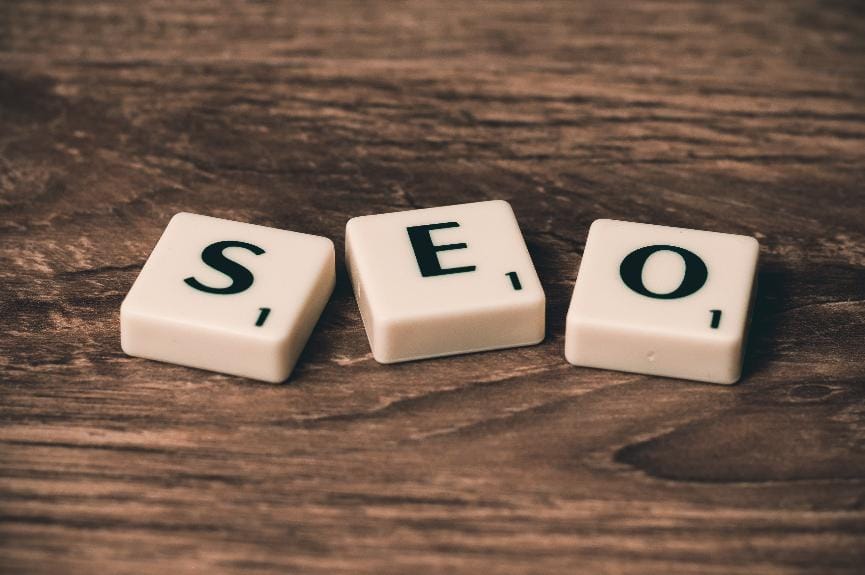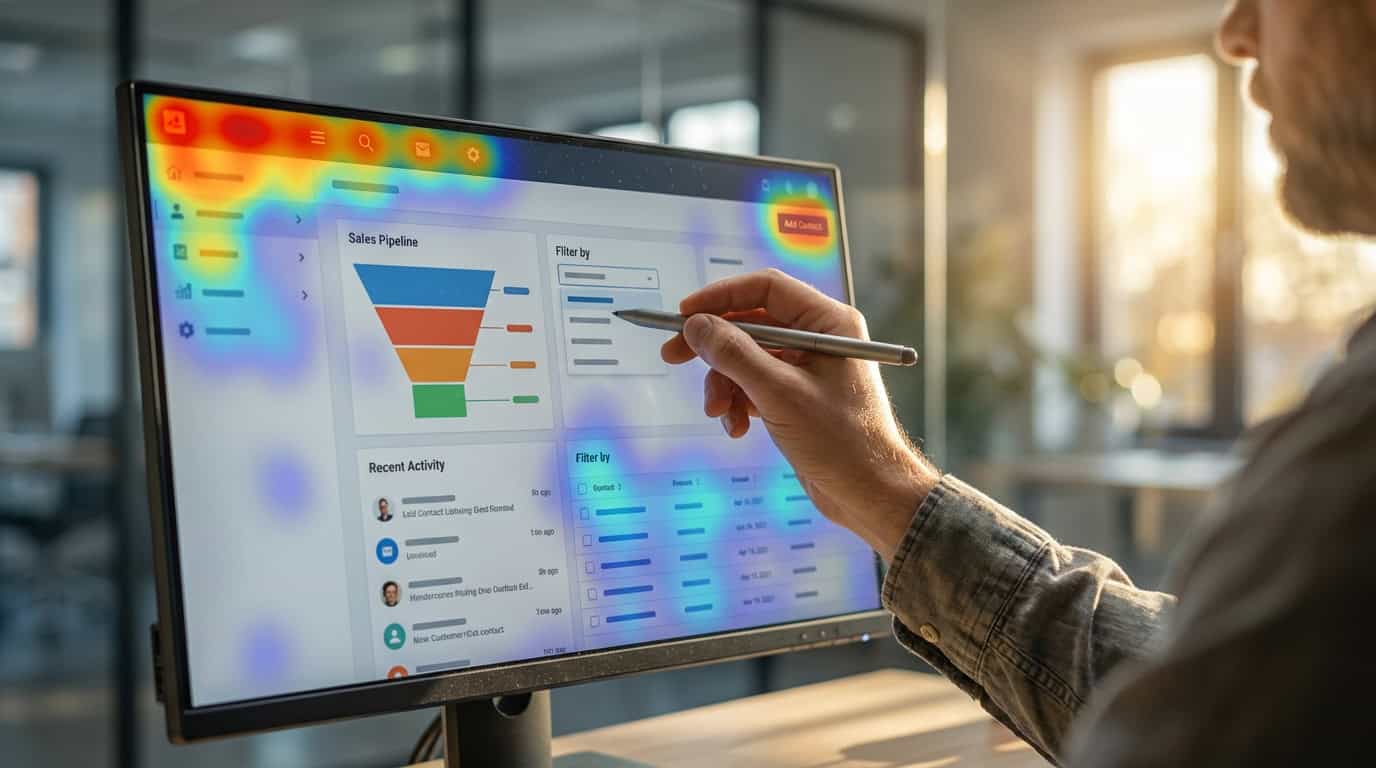I've learned the best practices for optimizing my WordPress site's on-page SEO.
With keyword research and optimization, I ensure my content reaches the right audience.
I optimize my title tags and meta descriptions for maximum visibility.
By optimizing my content for search engines, I improve my site's ranking.
Image optimization and the use of alt text enhance user experience and SEO.
Finally, optimizing my URL structure and permalinks helps search engines understand my site better.
Key Takeaways
- Conduct competitor analysis to gain insights into the market
- Choose long tail keywords with less competition but relevant to content
- Craft compelling meta descriptions to increase click-through rates
- Implement effective internal linking strategies
Keyword Research and Optimization
When optimizing my WordPress site for on-page SEO, I prioritize keyword research and optimization. One of the crucial steps in this process is conducting competitor analysis.
By examining the keywords that my competitors are targeting, I can gain insights into the market and identify potential gaps or opportunities. This analysis allows me to refine my keyword strategy and choose long tail keywords that have less competition but are still relevant to my content.
Long tail keywords are longer, more specific phrases that have lower search volume but higher conversion rates. By incorporating these keywords into my website's content, meta tags, and headings, I can improve my site's visibility and attract targeted organic traffic.
Title Tag and Meta Description Optimization
I prioritize title tag and meta description optimization when optimizing my WordPress site for on-page SEO. These factors play a crucial role in improving search engine rankings and enticing users to click through to my website.
Here are three key points to keep in mind when optimizing title tags and meta descriptions:
- Importance of title tags for SEO rankings: Title tags are one of the most important on-page SEO elements. They provide a concise and accurate description of the webpage's content, helping search engines understand the relevance of the page to a user's query.
- Crafting compelling meta descriptions to increase click-through rates: Meta descriptions appear as snippets in search engine results, providing a brief preview of the webpage's content. By crafting compelling and persuasive meta descriptions, I can increase the likelihood of users clicking through to my website.
- Leveraging keywords strategically: Incorporating relevant keywords in both the title tags and meta descriptions can help improve search engine visibility and attract the right audience to my website.
Content Optimization for Search Engines
Optimizing content for search engines is a crucial aspect of improving the on-page SEO of my WordPress site. Two important factors to consider when optimizing content are internal linking strategies and content length and readability.
Internal linking strategies involve linking relevant pages within my website to each other. This not only helps users navigate through my site but also allows search engines to understand the relationships between different pages. By using descriptive anchor text and linking to relevant pages, I can improve the overall SEO of my site.
Content length and readability are also important for search engine optimization. Longer, more comprehensive content tends to rank better in search results. Additionally, writing in a clear and concise manner improves the readability of my content, making it more appealing to both users and search engines.
To summarize, optimizing content for search engines involves implementing effective internal linking strategies and creating content that's both comprehensive and easy to read.
Image Optimization and Alt Text Usage
One important aspect of on-page SEO optimization for my WordPress site is the proper usage of alt text for images. Alt text, also known as alternative text, is a brief description that's added to an image on a webpage. It serves multiple purposes, including improving accessibility for visually impaired users and providing keyword-rich content for search engines.
Here are three key points to keep in mind when optimizing images for my WordPress site:
- Use descriptive alt text that accurately describes the image.
- Optimize image file sizes through compression to improve page load times.
- Ensure that alt text adheres to accessibility standards, such as being concise and avoiding unnecessary details.
URL Structure and Permalinks Optimization
To optimize my WordPress site for on-page SEO, I focus on enhancing the URL structure and optimizing permalinks. One important aspect of URL optimization is the implementation of canonical tags. These tags help search engines understand which version of a URL should be considered the primary one. By using canonical tags, I ensure that duplicate content issues are avoided and that the search engine rankings are not diluted.
Another crucial strategy for URL optimization is the use of URL redirect strategies. Redirects are used when a URL has changed or when a page has been deleted. By implementing proper redirects, I can ensure that visitors are directed to the correct page and that search engines recognize the change in URL structure.
Here is a table showcasing the benefits of canonical tags implementation and URL redirect strategies:
| Canonical Tags Implementation | URL Redirect Strategies |
|---|---|
| Prevents duplicate content | Ensures visitors find |
| issues | the correct page |
| Improves search engine | Helps search engines |
| rankings | recognize URL changes |
| Helps consolidate link | Prevents broken links |
| equity | and error pages |
Optimizing URL structure and permalinks is a crucial step in on-page SEO. By implementing canonical tags and utilizing effective URL redirect strategies, I can enhance the user experience, improve search engine rankings, and avoid potential issues with duplicate content or broken links.
Frequently Asked Questions
How Do I Improve My Website's Loading Speed for Better Seo?
To improve my website's loading speed for better SEO, I focus on website performance and optimization. By optimizing images, minimizing code, and utilizing caching, I can ensure a faster and more efficient user experience.
What Are Some Common Mistakes to Avoid When Optimizing Content for Search Engines?
When optimizing content for search engines, it's important to avoid common mistakes like keyword stuffing and neglecting meta tags. These can negatively impact your SEO efforts and harm your website's rankings.
Is It Necessary to Optimize Images for SEO Purposes?
Yes, it is necessary to optimize images for SEO purposes. Image optimization techniques, such as using descriptive alt tags, can enhance your site's visibility in search engine results and improve overall user experience.
What Role Does Mobile Optimization Play in On-Page Seo?
Mobile optimization plays a crucial role in on-page SEO. With the rise of mobile first indexing, having a responsive design is essential. It ensures that your site is user-friendly and ranks well in search engines.
How Can I Ensure That My Website's URL Structure Is Seo-Friendly?
To ensure my website's URL structure is SEO-friendly, I focus on website architecture and keyword research. By organizing my URLs logically and incorporating relevant keywords, I optimize my site for search engines and improve its ranking.



